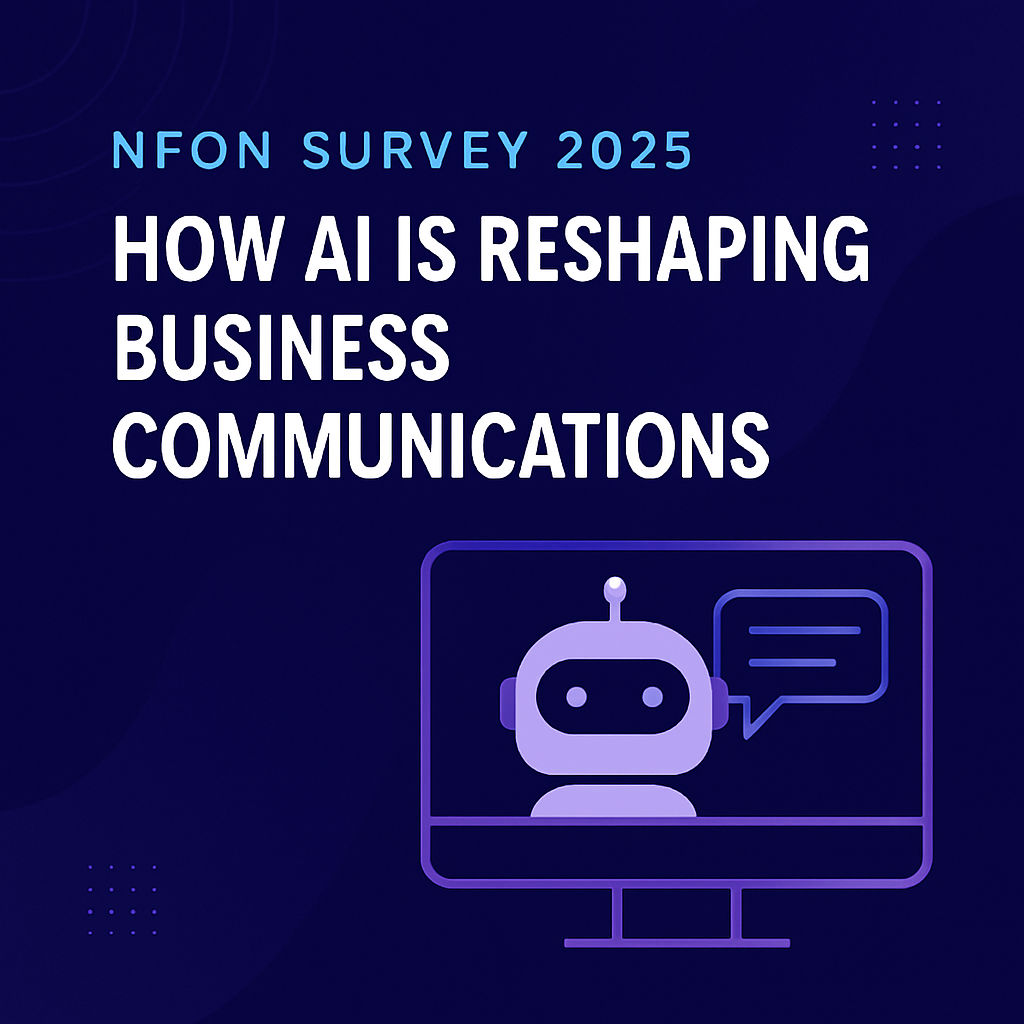How will the upcoming copper (ISDN) switch off change the telephony landscape in the UK?
By now we all know the benefits: enhanced reliability, clearer voice quality, expanded capacity for data transmission and innovative communication services, such as high-definition voice calls, seamless video conferencing, and advanced cloud-based applications.
But while this shift offers substantial benefits, it also presents challenges. The migration to fibre-optic infrastructure necessitates adjustments for businesses and individuals, including updating equipment and potentially adapting to new pricing models. Remote and underserved areas may require special attention to ensure equitable access to modern telephony services. This in itself creates opportunities for savvy connectivity providers to expand into new regions.
What other drivers will impact the telephony market in the next few years?
The relentless advancement of 5G technology will redefine communication dynamics, enabling faster data speeds and low-latency connections, which will drive the proliferation of IoT devices and applications.
The on-going trend towards remote work and virtual collaboration will foster increased demand for unified communication solutions that seamlessly integrate voice, video, and messaging across various platforms.
The growing emphasis on sustainability and energy efficiency will push telephony providers to develop eco-friendly practices and devices, while also addressing the environmental impact of network expansion.
And, evolving regulatory frameworks, data privacy concerns, and cybersecurity threats will influence the market, necessitating telephony providers to enhance security measures and ensure compliance with evolving laws.
What new capabilities are emerging in the telephony market?
The integration of artificial intelligence (AI) and natural language processing (NLP) is enabling advanced voice assistants and chatbots that facilitate more intuitive and context-aware interactions and the rise of Voice over Internet Protocol (VoIP) technology is offering enhanced voice quality and cost-effective international calling through internet connections, leading to a shift away from traditional landlines.
Thirdly, the convergence of telephony with other technologies, such as augmented reality (AR) and virtual reality (VR), is enabling immersive communication experiences, from virtual meetings to interactive customer support.
Moreover, the Internet of Things (IoT) is connecting everyday devices to telephony networks, allowing for remote management and communication with various gadgets.
Lastly, the move towards 5G networks promises incredibly fast data speeds and minimal latency, supporting high-quality video calls, real-time collaboration, and enabling the growth of IoT applications.
These emerging capabilities are revolutionizing the telephony market, enriching communication possibilities and transforming how individuals and businesses connect.
How are the telephony needs of end customers changing?
Traditional voice communication remains important, but there's a growing demand for integrated and seamless experiences across various platforms. Customers now seek flexible solutions that encompass voice, video, and messaging, accessible from a range of devices.
Remote work and virtual collaboration has elevated the necessity for reliable, high-quality telephony services that support remote teams and global connections. Customers expect enhanced features like call forwarding, voicemail-to-email transcription, and mobile integration to cater to their dynamic workstyles.
Data privacy and security have become paramount concerns, prompting customers to prioritize encrypted calls and safeguarded personal information. Additionally, the younger generation's preference for digital communication over traditional calls has spurred the need for intuitive chat-based communication tools.
Ultimately these needs reflect a desire for adaptable, secure, and multifaceted communication solutions that align with their modern lifestyles and evolving technological landscape.
How could telecom resellers and MSPs evolve their offerings to ensure they are meeting business needs?
Strategically evolve. Embrace a consultative approach, understand each customer's requirements and tailor solutions that align with their goals.
Expand beyond traditional voice services and offer unified communication solutions that integrate voice, video, messaging, and collaboration tools that will enrich customer experience and streamline communication workflows.
Focus on value-added services like network security, data protection, and cloud integration that will enhance the overall package, giving customers a comprehensive solution that safeguards their operations.
Offer scalable and flexible pricing models, along with exceptional customer support. This will foster long-term partnerships and demonstrate dedication their customers.
And, keep pace with technological trends such as 5G, IoT, and AI-driven communication tools will showcase a commitment to innovation and future readiness.









